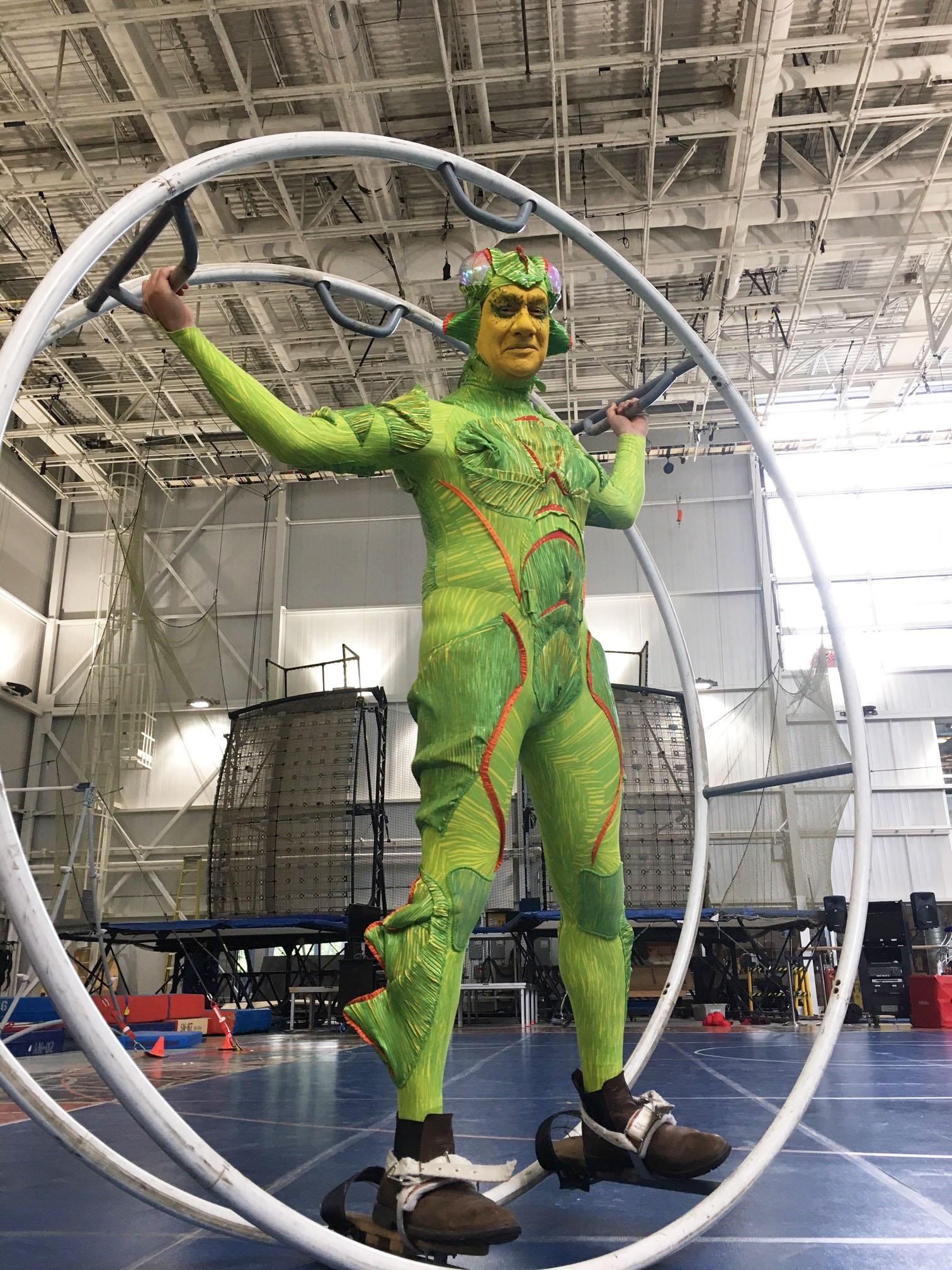TV Review, Can You Rebuild My Brain? (Channel 4): Lotje Sodderland has an extraordinary empathy
Plus: Great American Railroad Journeys (BBC2)

Your support helps us to tell the story
From reproductive rights to climate change to Big Tech, The Independent is on the ground when the story is developing. Whether it's investigating the financials of Elon Musk's pro-Trump PAC or producing our latest documentary, 'The A Word', which shines a light on the American women fighting for reproductive rights, we know how important it is to parse out the facts from the messaging.
At such a critical moment in US history, we need reporters on the ground. Your donation allows us to keep sending journalists to speak to both sides of the story.
The Independent is trusted by Americans across the entire political spectrum. And unlike many other quality news outlets, we choose not to lock Americans out of our reporting and analysis with paywalls. We believe quality journalism should be available to everyone, paid for by those who can afford it.
Your support makes all the difference.I know this will sound like a “Doctor, Doctor” gag, but bear with me. I once went to see my GP with what, as usual, turned out to be an imaginary illness, and told him – and this is not made-up – that I thought I might be a bit of a hypochondriac. He told me that I wasn’t and that I was only imagining that I was a hypochondriac. He did so with such a dismissive straight face – he was not given to humour during our frequently pointless encounters – that I’ve treasured it ever since as an unintentional irony. Anyway it helped ease my anxieties over my health.
I can’t say the same, for the most part, of Channel 4’s Can You Rebuild My Brain? This was hard work for any viewer with intimations of mortality, let alone those with irrational fears, confronting as it did some of the most distressing of medical conditions originating in disability, malfunction or injury to the most mysterious organ of all – the brain. Apparently we know more about black holes than the workings of the human brain (some of us don’t know much about either) and presenter Lotje Sodderland set about improving that a little.
Though we met many brilliant brain surgeons and experimental neurologists, Sodderland’s own qualifications to take us on this journey were strong. She had suffered a stroke at the age of 34, five years ago, and was left with the strange and deeply disturbing experience of having no memory of her past or, even more unusually, of a concept of the future. That and being unable to write or cope with the sort of gregarious life she had previously enjoyed. So she did have an extraordinary empathy with the people she met.
And this was where the stories started to turn form the slightly macabre to the hopeful. While I was moved by the plight of Deidre, a retired nurse suffering debilitating involuntary spasms from Parkinson’s disease, I was also astonished and, yes, emotionally overcome by the treatment she had to rectify her symptoms (there being no cure for the disease, still). We witnessed a kind of miracle unfold in front of us (I know it wasn’t really, but you know what I mean). For the first time in 12 years Deidre was able to walk in a straight line, thanks to some electrodes implanted deep in her brain and a wireless transmitter that situated them and somehow made up for the loss of the dopamine that is the root cause of Parkinson’s. That, right there, was the NHS and medical science delivering the most precious of gifts to an ordinary pensioner. I hope it doesn’t represent too much false hope.
Other examples were more ambiguous. A brief segment on “optogenetics” – the “injection” of light neurons directly into a brain – claimed that the technique had made lab mice attack “on command” whatever object happened to be next to them, and could, in theory be used to take aggression out of people. That was a bit too much like the premise of Anthony Burgess’s A Clockwork Orange for comfort.
More controversial still was the appearance of a doctor who used a “transcranial magnetic stimulator” to “treat” – I use the word advisedly – volunteers with autism. In the case of one middle aged man, John, it succeeded – but wrecked his life. For he discovered that he could understand the passionate meanings of songs and react to descriptions of happiness and pain – but then could not cope with what became an unfamiliar, overwhelming, emotional overload. So his marriage unravelled and he became suicidal: as he himself put it so well, his autism had been “a kind of protective shield”, and without it he could not function. That’s what you call counterintuitive.
The most surprising reflection came from Sodderland herself. She declared that she was actually happier in her new monastic state than her previous gregarious self, and that the experience of almost losing her mind had given her the gift of humility – “always grateful, always happy”.

“I shall not easily forget Montreal,” said Michael Portillo as he sauntered to the conclusion of the latest episode of his Great American Railroad Journeys. I should think that Montreal, like the viewers of Portillo’s travelogue, will not easily forget the sight of this exotic creature once again outshining almost every backdrop. This time it was his combination of ultramarine blazer, lemon slacks and tan brogues that caught the attention around the French-Canadian metropolis, plus some yellow and purple galoshes as he tackled the rapids on the St Lawrence River. All fairly routine adventures in fashion, for him. Nothing, however, could prepare anyone for the spectacle of Portillo in an emerald green jumpsuit, complete with antenna and chrome compound eyes, auditioning for the role of a cricket in some woodland romp at Cirque du Soleil. Let us just say the outfit flattered the former cabinet minister’s primary sexual organs. Well, “who dares wins”, as someone once said.
Join our commenting forum
Join thought-provoking conversations, follow other Independent readers and see their replies
Comments